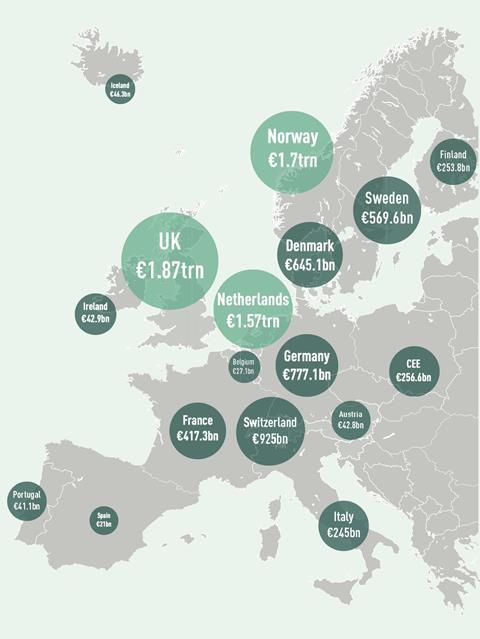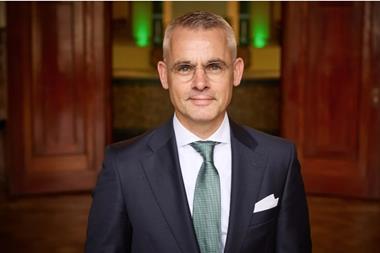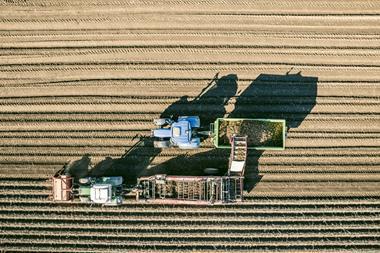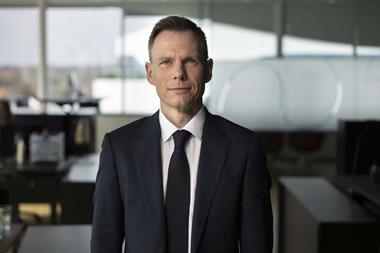While total European pension assets have reached a new high of €9.730bn, total assets under management of Dutch pension funds are still over €220bn lower than at the end of 2021, according to the latest IPE Top 1000 report.
The growth of Dutch pension assets exactly matched the European average over the past year at 8.7%. As a consequence, pension capital in the European Union’s largest pension market totalled €1.583bn at the end of the first quarter of 2024. But despite last year’s growth, Dutch pension assets remain 14% below their 2021-peak of €1.804bn.
This contrasts sharply with the pan-European picture as pensions in the rest of Europe did indeed grow: total European pension assets stand some €100bn higher now.
This figure even takes into account the UK’s shrinking pension pots. Because most UK pension funds are cashflow negative, UK pension assets routinely shrink each year. They now stand at €1.87bn under management, down from around €2.3bn at the end of 2021.

Dutch disease
This means that the European pension pot has grown by over €650bn since the end of 2021 if the Netherlands and the UK are excluded: a rise of close to 12%. So why have Dutch pension assets fallen while those in the rest of the continent have grown?
According to Edward Krijgsman, an investment consultant at Mercer, the main explanation for the Dutch dissonance is the “disastrous” year of 2022.
“Due to their high interest rate hedges, many Dutch pension funds lost a lot of money back then. Interest rates have fallen somewhat since, but bond and derivatives prices in euros are still nowhere near 2021 levels,” Krijgsman said.
Rebalancing
Last year, many pension funds were also forced to rebalance their portfolios. “Due to the rise in interest rates, most funds transferred money from their return portfolios to their matching portfolios to get back within their strategic bandwidths,’ noted Krijgsman.
Sandor Steverink of WTW describes a similar picture, saying: “Because of the huge changes in capital markets in 2022 and 2023, we have seen rebalancing effects. Funds are selling equities and buying fixed income to rebalance that.”
Dutch pension funds invested some €432bn in listed equities at the end of the fourth quarter. That is €133bn less than at the end of 2021, even though the MSCI World Index has risen some 15% since then. This forced rebalancing exercise has limited pension funds benefiting from rising share prices.
Another reason for pension funds to temporarily invest less in equities is the transition to defined contribution (DC) arrangements. But this is currently only an issue for a small group of funds.
“A limited number of funds have reduced risk in the return portfolio with a view to pension transition,” Krijgsman said. If they want to reduce their equity risk to protect their funding levels, pension funds generally do so only in the year prior to their transition.
In 2025, only a small number of funds will have reduced their equity exposure to anticipate the transition to the new DC regime.
Download the data behind the IPE Top 1000 European Pension Funds 2024 here























No comments yet